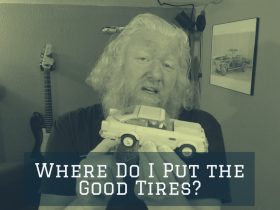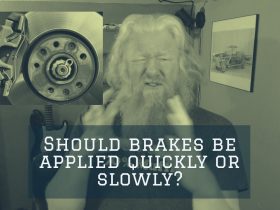I answer a lot of questions on Quora. Many of those questions are about automotive things that may be of interest to CarNewsCafe readers. Like this one.
Why do big trucks start turning the opposite way slightly before making their turn?
My Answer: Drivers are taught the “button hook” turn as part of truck driver training. The turn draws a line with the truck that looks like the old hooks used to fasten ladies buttons back in the day. It’s shaped similar to a shepherd’s crook, drawing a straight line then bulging out to one side before hooking back the other way.
This does several things. First, it allows the truck and trailer to be straight when waiting for the turn or entering it. This keeps the truck in its own lane so it’s not blocking multiple lanes of traffic and it “hogs” the turn lane so cars or motorcycles don’t get fancy ideas about turning inside the truck.
The “hook” action of turning outwards before turning in for the turn keeps the trailer’s tires straight and in their lane while pulling the trailer as far into the intersection as possible before the turn is actually made. The “out before in” also realigns the trailer’s tires sligthly away from the inside point of the turn, maximizing the amount of space available for the trailer’s tires when they begin their turn.
Because the trailer tracks inside where the truck does in a turn, the amount of space allowed is very important. The length of the trailer, or more specifically the center point of its rearmost axles, determines how much the difference between the truck’s line of travel and the trailer’s will be. On most semi-trucks with a 53-foot trailer set to “California” (center of trailer axles at 40-feet from trailer nose), that track difference can be 3–5 feet if the turn is sharp.
By swinging out before turning in, using the button hook maneuver, the driver can reduce the track difference by 2 or more feet, thus keeping the trailer largely within its lane when turning and minimizing risk of damage or accidents.
In the driver’s test for a CDL Class-A license, if the driver “curbs” the trailer’s tires in a turn (runs over the curb while turning), it can be an automatic fail. That’s how important understanding the tracking of the trailer is to commercial driving.







